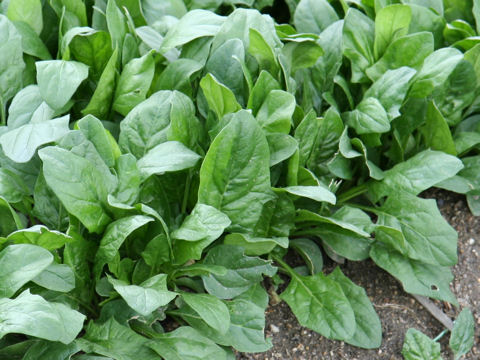Some people confused the fertigation word. Actually the word is combination of fertilizer + irrigation = fertigation. Fertilizer used is in liquid form. Normally they came with two types. Stock A and stock B. These two stock would completed the nutrients needed for plant growth. Fertigation system associated with protected structure (mostly), which means plants are grown on cemented floor, under transparent shelter, and netted surrounding to get maximum yield and high quality.
 Smaller host
Smaller hostIs linked into the polybag to irrigate the plant. Using this technique would save plenty of fertilizer solution because the plant received only the needed amount but don't forget to set the time of irrigation.
 Solution tank
Solution tankStock A and stock B are mixed together. Check the EC and pH before you irrigate your plant.
 Rock melon
Rock melonAs you can see from the image, only one fruit is produced from every plant to get high quality of fruit. How is that possible?? think about that, all nutrients absorbed used to produce one fruit. That's it!
 Yellow sticky bar
Yellow sticky barHung under the shelter to control insects.
 EC (Electric conductivity)
EC (Electric conductivity)Indicate the availability of nutrients in the solution. Normally the ideal range of EC is 1.5 - 2.5. If you increase the range, nutrient absorption performance would down. Beside of EC, pH also have to be monitored. The pH range is 6.5-7.5. pH must not too low or the solution become acidic and not too high or the solution become too alcalic, if the solution become either the plant cannot absorb nutrient efficiently.
 Aphis spp.
Aphis spp. Flower attacked by aphid would stunted and die.
Flower attacked by aphid would stunted and die. Aphis spp.
Aphis spp.
 Spinach (
Spinach (
 Chilli mosaic virus
Chilli mosaic virus Curled leaves of chilli
Curled leaves of chilli Smaller host
Smaller host Solution tank
Solution tank Rock melon
Rock melon Yellow sticky bar
Yellow sticky bar
